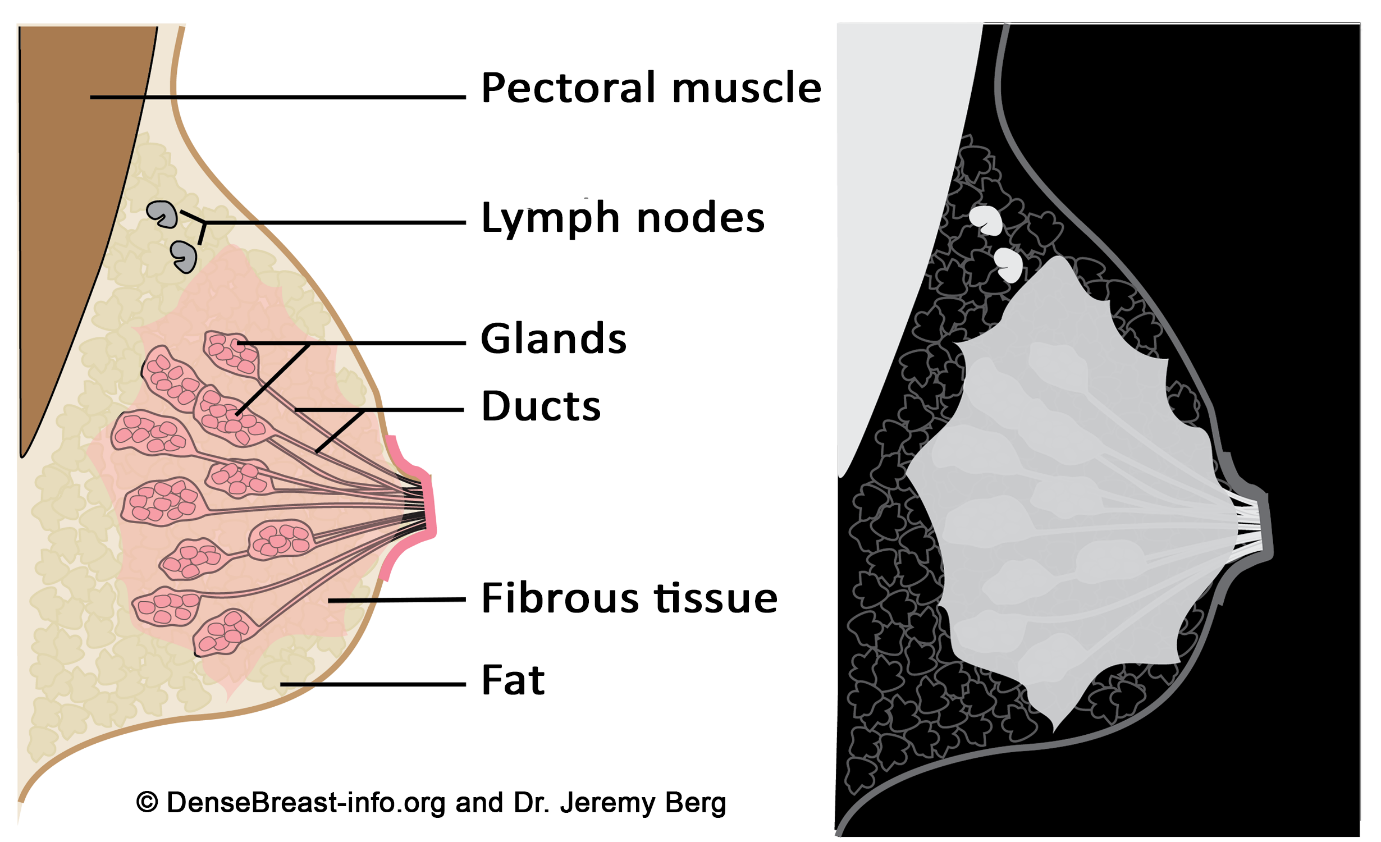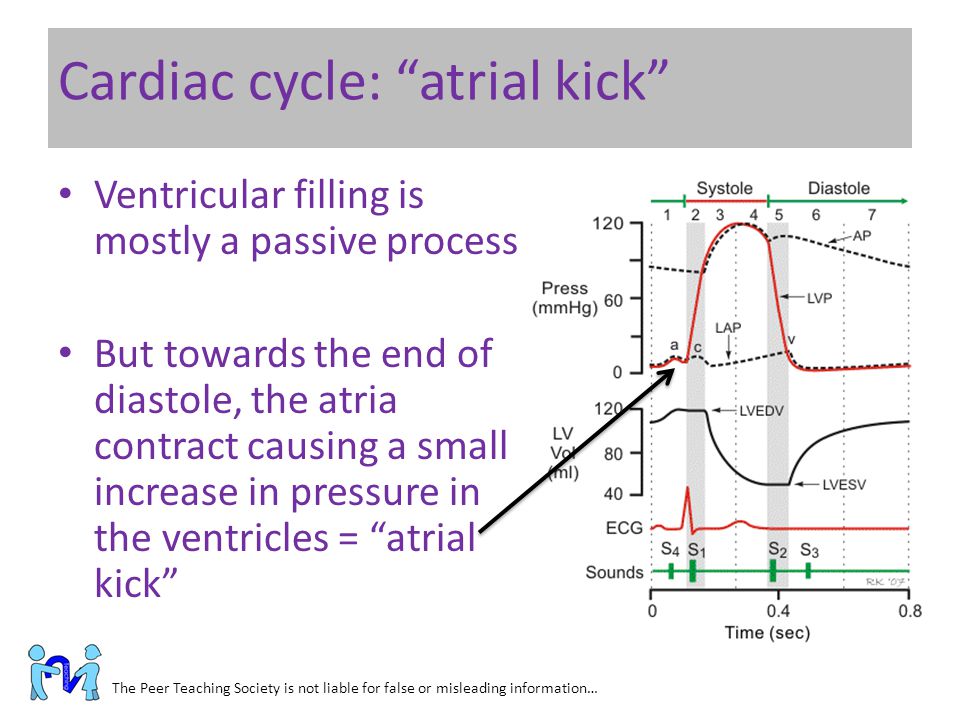The nurse recognizes that the following statement is true regarding the internal structures of the breast: The breast is made up of:
Glandular tissue, which supports the breast by attaching to the chest wall.
Fibrous, glandular, and adipose tissues
Primarily muscle with very little fibrous tissue.
Primarily milk ducts, known as lactiferous ducts.
The Correct Answer is B
A. Glandular tissue, which supports the breast by attaching to the chest wall: Glandular tissue is indeed a part of the breast structure, but it is not responsible for supporting the breast by attaching to the chest wall. It's the Cooper's ligaments, which are fibrous connective tissue, that provide structural support.
B. Fibrous, glandular, and adipose tissues: This statement is correct. The breast is composed of glandular tissue (responsible for milk production), fibrous tissue (including Cooper's ligaments for support), and adipose tissue (fat).
C. Primarily muscle with very little fibrous tissue: The breast contains very little muscle tissue. The main supportive structure is fibrous tissue, not muscle.
D. Primarily milk ducts, known as lactiferous ducts: Milk ducts are part of the glandular tissue and are responsible for carrying milk. However, the breast is not primarily made up of milk ducts; it consists of a combination of glandular, fibrous, and adipose tissues.

Nursing Test Bank
Naxlex Comprehensive Predictor Exams
Related Questions
Correct Answer is A
Explanation
A. The atria contract toward the end of diastole and push the remaining blood into the ventricles.
This choice is correct. During atrial systole (atrial contraction), the atria contract, pushing the remaining blood into the ventricles. This additional filling of the ventricles optimizes cardiac output.
B. The atria contract during systole and attempt to push against closed valves.
This statement is incorrect. The atria do not contract during systole; they contract during diastole (atrial systole) to fill the ventricles.
C. Atrial kick is the pressure exerted against the atria as the ventricles contract during systole.
This statement is incorrect. Atrial kick refers to the atrial contraction, not the pressure exerted against the atria.
D. Contraction of the atria at the beginning of diastole can be felt as a palpitation.
This statement is not entirely accurate. A palpitation is a sensation of rapid or strong heartbeat, which might be felt during various cardiac events, not specifically during atrial contraction at the beginning of diastole.

Correct Answer is D
Explanation
A. Perform the confrontation test:
The confrontation test is a basic visual field screening test. It assesses the peripheral vision by having the patient cover one eye and the examiner covers the opposite eye. The patient and the examiner then bring their fingers into the visual field from the periphery, and the patient indicates when they see the fingers.
B. Ask the patient to read the print on a handheld Jaeger card:
Jaeger cards are used for near vision testing. The patient reads progressively smaller print to assess their near vision acuity.
C. Determine the patient's ability to read newsprint at a distance of 12 to 14 inches:
This method assesses near vision. It is often used informally in clinical settings, where the patient is asked to read a newspaper or similar print at a comfortable reading distance.
D. Use the Snellen chart positioned 20 feet away from the patient:
The Snellen chart is a standardized chart used for visual acuity testing. It is placed 20 feet away from the patient, and the patient is asked to read the letters or symbols on the chart with one eye covered at a time.
Whether you are a student looking to ace your exams or a practicing nurse seeking to enhance your expertise , our nursing education contents will empower you with the confidence and competence to make a difference in the lives of patients and become a respected leader in the healthcare field.
Visit Naxlex, invest in your future and unlock endless possibilities with our unparalleled nursing education contents today
Report Wrong Answer on the Current Question
Do you disagree with the answer? If yes, what is your expected answer? Explain.
Kindly be descriptive with the issue you are facing.
